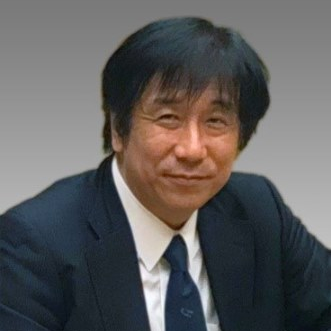Frontiers Research in Novel Dental Materials
A special issue of Materials (ISSN 1996-1944). This special issue belongs to the section "Biomaterials".
Deadline for manuscript submissions: closed (10 June 2023) | Viewed by 11084
Special Issue Editors
Interests: micro/nano-pattern; nanoimprint; nanotechnology; biomaterials; cell culture; dental materials
Interests: biomaterials; dental materials; medical devices; adhesive dentistry; implantology; endodontics
Special Issue Information
Dear Colleagues,
Dental materials and devices have been progressing quickly in various fields of dentistry. Dental materials are studied in a wide range of fields such as adhesive dentistry, orthodontics, implantology, endodontics, periodontal tissue regeneration, bone regeneration, and drug delivery systems (DDSs). In addition, the contribution of dental devices (high-frequency stimulation devices, etc.) to patient treatment has been significant. Starting with basic research, the process of development and clinical application overcomes various difficulties along the way and, if successful, can contribute to society through patient treatment.
This Special Issue titled “Current and Future Trends in Dental Materials and Devices” calls for original papers or review articles about the material, technology, and device developments, applications, characterizations, etc., focused on a wide range of dental materials and devices. In the broader sense of dental materials, medical biomaterials may be included in this Special Issue.
Prof. Dr. Tsukasa Akasaka
Prof. Dr. Yasuhiro Yoshida
Dr. Ko Nakanishi
Guest Editors
Manuscript Submission Information
Manuscripts should be submitted online at www.mdpi.com by registering and logging in to this website. Once you are registered, click here to go to the submission form. Manuscripts can be submitted until the deadline. All submissions that pass pre-check are peer-reviewed. Accepted papers will be published continuously in the journal (as soon as accepted) and will be listed together on the special issue website. Research articles, review articles as well as short communications are invited. For planned papers, a title and short abstract (about 100 words) can be sent to the Editorial Office for announcement on this website.
Submitted manuscripts should not have been published previously, nor be under consideration for publication elsewhere (except conference proceedings papers). All manuscripts are thoroughly refereed through a single-blind peer-review process. A guide for authors and other relevant information for submission of manuscripts is available on the Instructions for Authors page. Materials is an international peer-reviewed open access semimonthly journal published by MDPI.
Please visit the Instructions for Authors page before submitting a manuscript. The Article Processing Charge (APC) for publication in this open access journal is 2600 CHF (Swiss Francs). Submitted papers should be well formatted and use good English. Authors may use MDPI's English editing service prior to publication or during author revisions.
Keywords
- adhesive dentistry
- orthodontics
- implantology
- endodontics
- periodontal tissue regeneration
- bone regeneration
- drug delivery system
- dental materials
- dental devices








